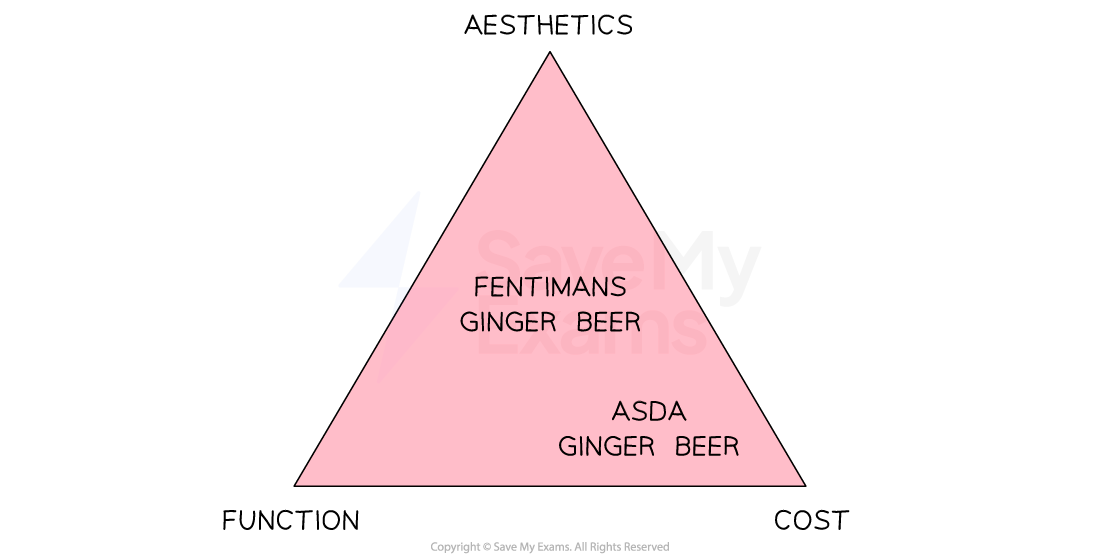An Introduction to the Marketing Mix
- The marketing mix (4Ps of marketing) provides a framework for businesses to create and implement successful marketing strategies
- The 4Ps represent the key elements of a marketing strategy: product, price, place, and promotion
- These four components work together to satisfy the needs and want of a target market while achieving the company's objectives
- By understanding and manipulating the marketing mix, businesses can differentiate themselves from competitors
- A marketing mix is an essential tool for any company looking to maximize its marketing impact and achieve long-term success

Each business combines the different elements of the marketing mix in unique ways to maximize their profitability


